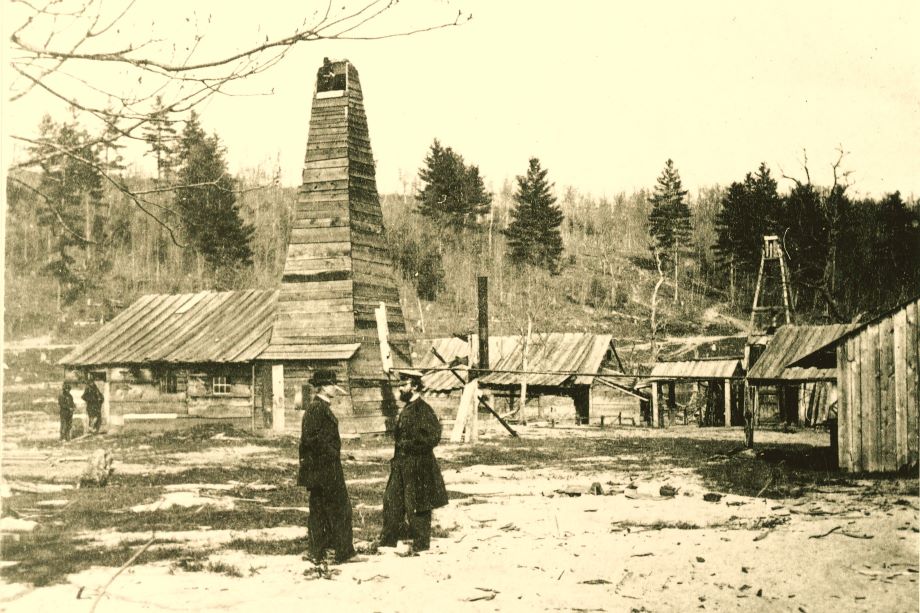Staying at the Forefront of Technology Leadership
Staying at the Forefront of Technology Leadership


The TEC sector plays a key role in making ASME the renowned engine of knowledge, safety, and prosperity that the world has come to know.
One way to think of ASME is as an engine for technology leadership, one that is fueled by the passionate dedication of our volunteers, members, and staff. While that passion can be seen throughout ASME, nowhere is it more evident than in the activities of ASME’s Technical Events & Content (TEC) sector, under whose auspices so much vital work gets done.
The TEC sector is home to 36 technical divisions, each of which focuses on a distinct discipline or area within mechanical engineering and provides a hub for a broad range of activities. Because ASME’s Technical Divisions stand at the leading edge of technology development, they provide a natural basis for the production of conferences to share those innovations.
The world-class ASME technical conferences where those breakthroughs are shared then naturally become unsurpassed sources of intellectual leadership, professional development, educational opportunities and materials. It would be hard to overstate the importance of the TEC sector’s role in making ASME the renowned engine of knowledge, safety, and prosperity that the world has come to know.
Learn More About: ASME Volunteers: The Pulse of the Society
I recently had the pleasure of talking with Tim Graves, ASME’s managing director of Technical Conferences and Events, to learn more about the vast and important work of ASME’s TEC sector.
Thomas Costabile: The TEC sector is at the center of ASME’s conferences and divisions. Can you tell us more about it?
Tim Graves: We have 36 technical divisions, around various specialties, anywhere from petroleum to tribology to fluids engineering, heat transfer, and the like. Those divisions are aligned in five segments including energy conversion and storage segment, energy sources and processing segment, engineering sciences segment, design materials and manufacturing, and the gas turbine segment. These segments look out for particular technologies and ensure that the conferences that are within their bounds work, and work well. They’re also looking to do some cross-segment activity that’s created some new events for us. Above that sits the tech council and that group of people looks out for the entire sector. We’re looking at division health, the segregated accounts, content distribution, and the research and industry conferences that our subject matter experts participate with. And of course, the five strategic technologies that ASME has chosen.
T.C: What changes have been implemented on the funding side and what triggered those changes?
T.G: The divisions have something called segregated accounts. And these are the funds that allow them to do the good that they want to do around the world. Much of it is the spread of engineering knowledge and making the world a safer place. But it’s also honors and awards, providing scholarships for students to participate in their conferences. From 2014 to 2017, we saw a depletion of those accounts because they had no way to put money back into those funds. In 2018, we made an agreement with the conferences and the divisions that a portion of the surplus of each of the conferences will go back to the division as their subject matter experts are the ones that helped us create all of that content.
Editors' Pick: Innovation from Anywhere
T.C: We also saw a positive change in the Tech Development Fund. How does that impact the TEC activities?
T.G: We are very excited about the implementation of the Tech Development Fund. This was initially sponsored by the organization that put up $150,000 in a fund for our divisions for new activities at their conferences. These include students, early career competitions, diversity and inclusion among others. Those funds have been used very well over the last year to create new activities, which is driving new participation and excitement in each of our conferences. In the future, this fund will be funded from a portion of the surplus of the conferences as well. And so it’s seen as an evergreen fund that will continue in the future.
Tom Costabile is Executive Director/CEO of ASME. This column was adapted from a recent podcast. To listen to the full conversation, visit the ASME Today & Tomorrow podcast on SoundCloud, Stitcher, or iTunes.





